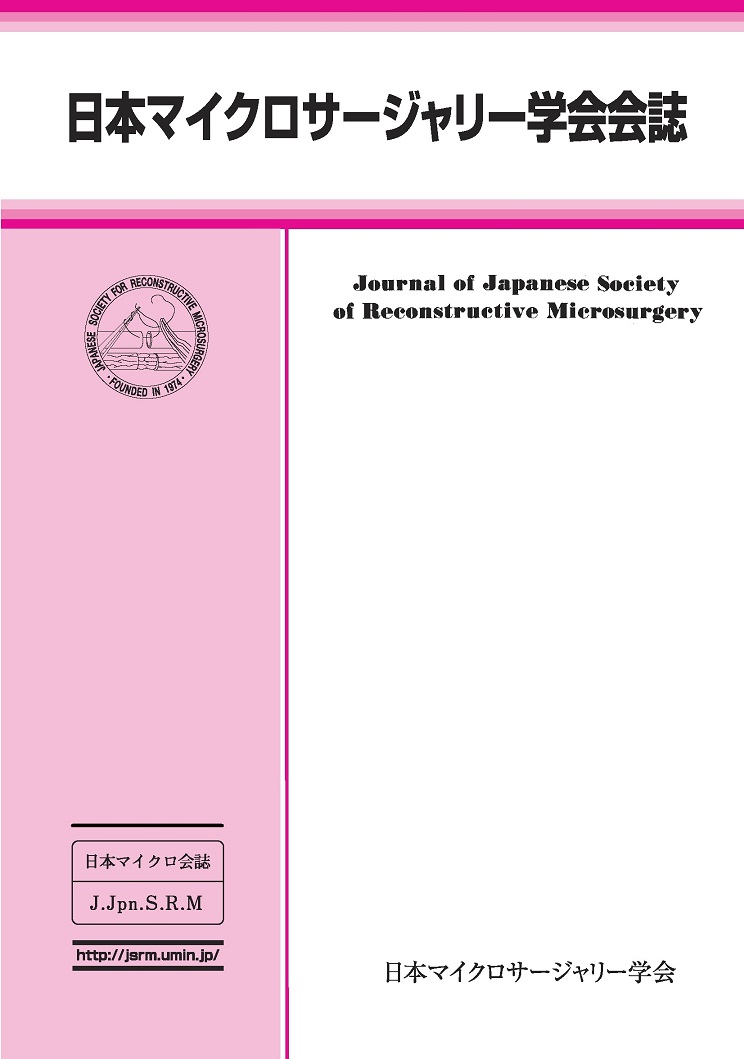Volume 31, Issue 1
Displaying 1-10 of 10 articles from this issue
- |<
- <
- 1
- >
- >|
Original Article
-
2018 Volume 31 Issue 1 Pages 1-7
Published: 2018
Released on J-STAGE: March 23, 2018
Download PDF (897K) -
2018 Volume 31 Issue 1 Pages 8-12
Published: 2018
Released on J-STAGE: March 23, 2018
Download PDF (847K)
Case Report
-
2018 Volume 31 Issue 1 Pages 13-18
Published: 2018
Released on J-STAGE: March 23, 2018
Download PDF (1317K) -
2018 Volume 31 Issue 1 Pages 19-24
Published: 2018
Released on J-STAGE: March 23, 2018
Download PDF (650K) -
2018 Volume 31 Issue 1 Pages 25-28
Published: 2018
Released on J-STAGE: March 23, 2018
Download PDF (794K) -
2018 Volume 31 Issue 1 Pages 29-33
Published: 2018
Released on J-STAGE: March 23, 2018
Download PDF (951K)
Reports
-
2018 Volume 31 Issue 1 Pages 34-36
Published: 2018
Released on J-STAGE: March 23, 2018
Download PDF (888K) -
2018 Volume 31 Issue 1 Pages 37-40
Published: 2018
Released on J-STAGE: March 23, 2018
Download PDF (1064K) -
2018 Volume 31 Issue 1 Pages 41-43
Published: 2018
Released on J-STAGE: March 23, 2018
Download PDF (724K) -
2018 Volume 31 Issue 1 Pages 44-47
Published: 2018
Released on J-STAGE: March 23, 2018
Download PDF (1047K)
- |<
- <
- 1
- >
- >|
